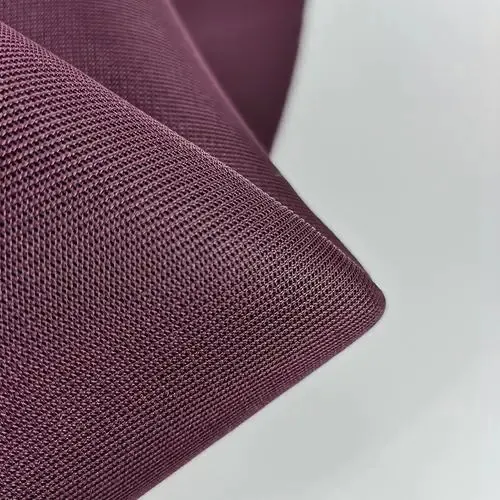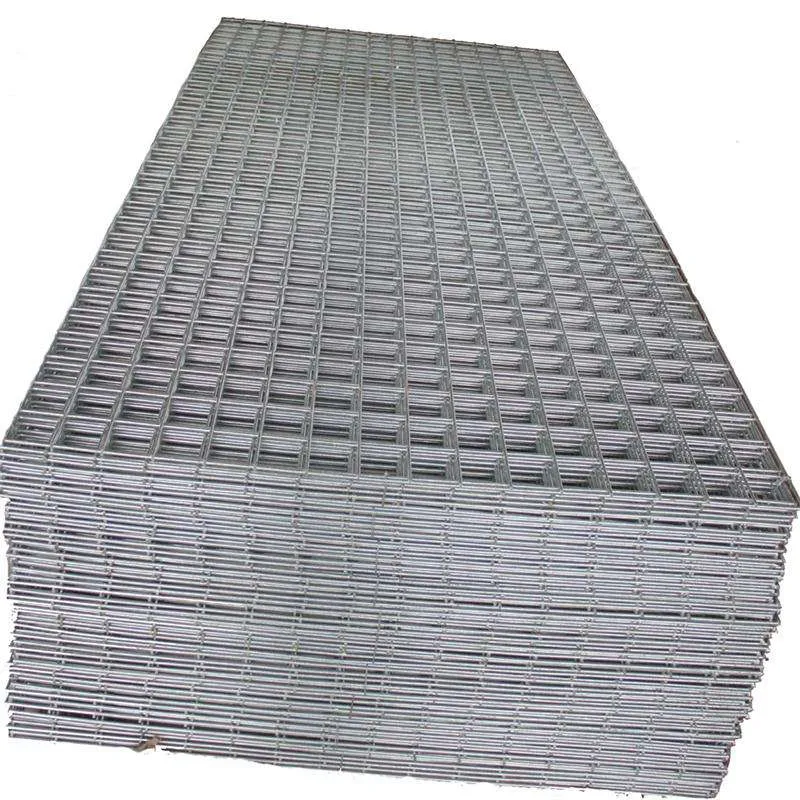The Evolution and Benefits of Heavy Duty Mild Steel Grating

Heavy duty mild steel grating has played a crucial role in various industrial and commercial applications, marking a merging point where durability meets functionality. From factory floors to catwalks, its robust construction and adaptable features make it an indispensable material for engineers and technicians. It’s not just a material; it’s a revolution in load-bearing technology.
The resilience of mild steel is the backbone of its widespread utility. Known for its ability to withstand significant stress without fracturing, heavy duty mild steel grating offers unparalleled support and safety. In industries where the integrity of structures can directly impact safety and productivity, this grating ensures that both aspects are maintained without compromise. Its capacity to handle heavy loads makes it an excellent choice for areas with high foot traffic or machinery usage.

Furthermore, the design of heavy duty mild steel grating is another testament to its adaptability. Unlike other materials that may require frequent maintenance or replacement, this grating demands minimal upkeep while providing a long-term solution. The open grid design ensures efficient drainage and airflow, essential for environments where moisture or ventilation could be a concern. This functionality helps prevent the accumulation of debris and fluids, thus reducing the risk of slipping and accidents.
One cannot overlook the cost-effectiveness of choosing mild steel grating. Economically, it is more affordable than its stainless steel counterparts while still offering high levels of durability. Its strength-to-weight ratio is particularly favorable, providing exceptional resistance without unnecessary bulk. For projects with budget constraints, yet high performance needs, it provides an ideal solution.
In addition to its functional benefits, the aesthetic of heavy duty mild steel grating should not be underestimated. Its sleek, industrial appearance can complement modern architectural designs, offering a semblance of sophistication to structures that employ it. Moreover, it can be customized with different finishes and coatings to enhance its resistance to corrosion and wear, thus aligning with specific environmental requirements or client preferences.
heavy duty mild steel grating
From a sustainability perspective, mild steel grating aligns with eco-friendly construction practices. Mild steel is recyclable, which means at the end of its life cycle, it can be reprocessed and reused, contributing to sustainability efforts in construction and manufacturing industries. This recyclability ensures that choosing mild steel grating does not only serve immediate project needs but also supports long-term environmental goals.
For project managers and engineers tasked with choosing materials, understanding the load specifications and site conditions is crucial. Heavy duty mild steel grating is versatile across different scenarios, from supporting the weight of vehicles in a parking structure to providing safe flooring on suspended walkways. Its application in sectors like mining, where equipment demands are rigorous, underscores the structural robustness that mild steel grating offers.
Real-world applications shine a light on its practical benefits. In oil and gas facilities, for instance, the grating is used extensively in walkways and platforms, where safety and durability are paramount due to the demanding operating environment. It has also proven essential for power plants that require reliable materials to ensure uptime and safety for personnel and equipment.
Trust in mild steel grating is supported by decades of successful implementations across a variety of industries. Engineers and architects continue to recommend it for its proven track record and its alignment with safety regulations and standards. This trust is further cemented by certifications and testing that validate its performance, reassuring stakeholders of its reliability.
In conclusion, heavy duty mild steel grating is not merely a construction material; it is a robust solution tailored to meet the evolving needs of modern infrastructure. Through its resilience, cost-efficiency, and adaptability, it supports both aesthetic and functional scopes of projects. As technologies and design philosophies advance, the role of materials like mild steel grating will continue to be central in meeting complex architectural and industrial demands. Choosing this grating equals investing in quality and reliability, bridging the gap between today’s needs and tomorrow’s challenges.
























